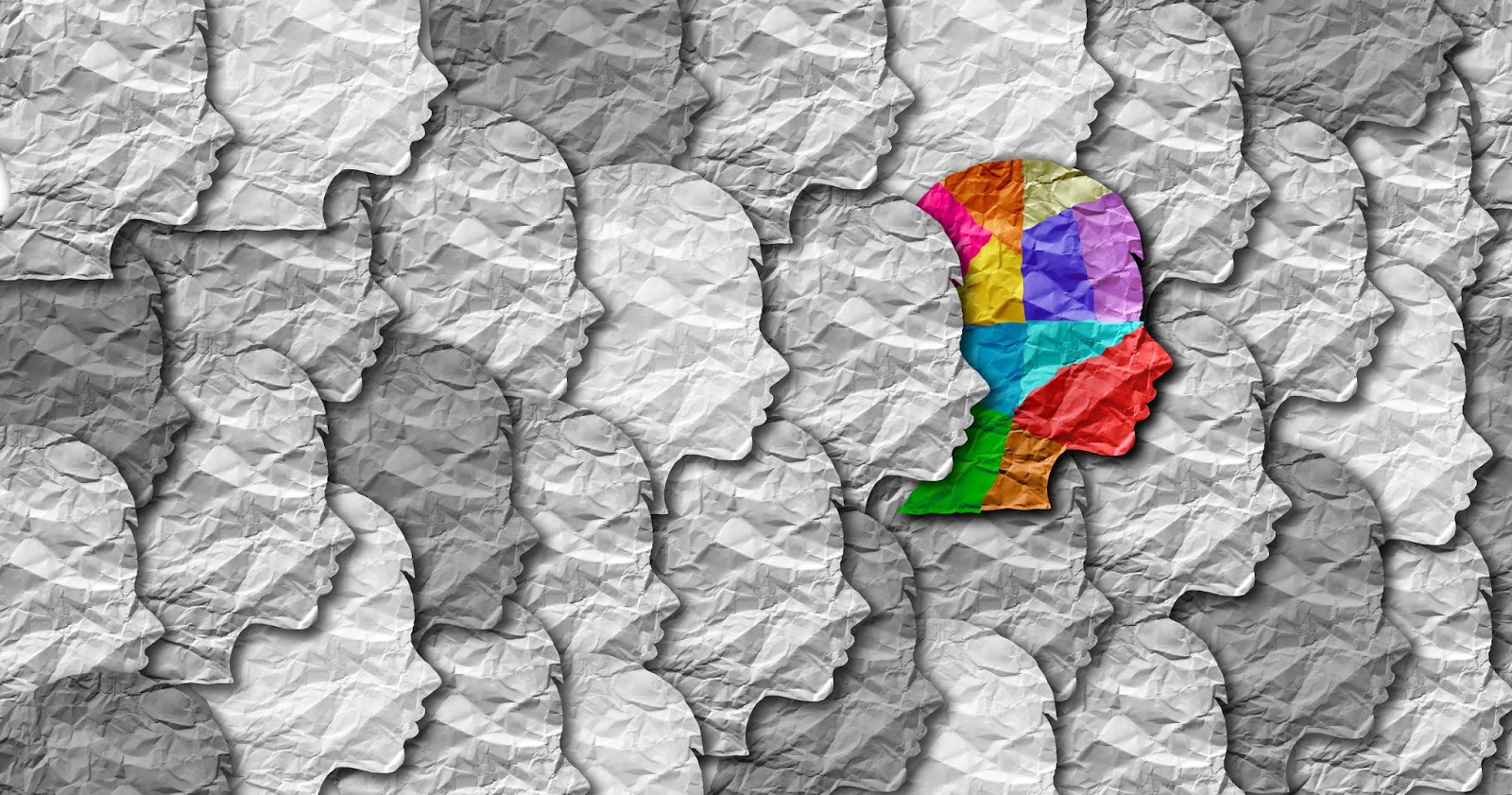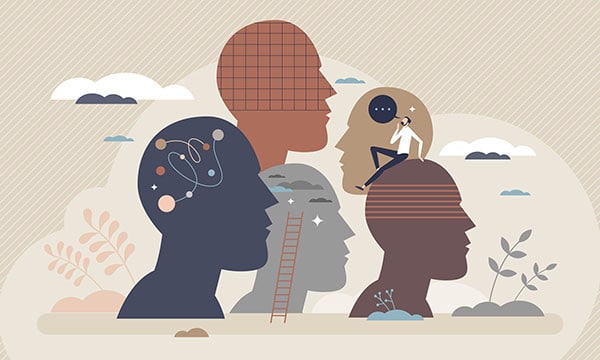Unlock the secrets to managing autism with the most effective treatments from around the globe. This comprehensive guide will explore groundbreaking strategies to help you or your loved one thrive. From innovative therapies to holistic approaches, we’ve got you covered.
Autism, a multifaceted neurodevelopmental condition, continues to be a focal point of extensive research and diverse therapeutic strategies worldwide. Comprehending the nuances of autism, its potential etiological factors, and efficacious intervention methods is paramount for individuals and families navigating this unique journey.
In this all-encompassing blog post, we explore autism, delving into its origins, manifold treatments, recent transformative advances, and the obstacles often accompanying the pursuit of improved quality of life for individuals with autism. Additionally, we will address the global prevalence of autism and delve into one of the most prominently recognized and practical treatment approaches, namely Behavioral Therapies, notably Applied Behavior Analysis (ABA).
Whether you are a parent searching for guidance, a dedicated caregiver seeking up-to-the-minute insights, or simply an individual curious about autism, this article will offer invaluable perspectives on the quest for the “Best treatment for Autism in the world.”
What causes Autism?
Autism can be a bit like a mystery. You might wonder, what makes it happen? Scientists are trying to solve this puzzle, finding some important clues.
- Genetic factors
- Environment
- Brain development
- Combining factors
1. Genetic factors
Think of your genes as your body’s instruction manual. Sometimes, if there are changes in specific genes, it can increase the chance of having autism. Imagine it as having unique puzzle pieces in your genes.
2. Environment
The world around you matters, too. Even before you’re born, things your mom encounters, like infections or toxins, could play a role. It’s not anyone’s fault; it’s just how life works sometimes.
3. Brain development
Your brain is like the control center of your body. If something doesn’t go as planned during its growth, it might lead to autism. It’s like building a house; if the foundation isn’t perfect, the whole structure can differ slightly.
4. Combining factors
It’s not just one thing that causes autism. It’s like a recipe with many ingredients – genes, environment, and brain development all come together uniquely for each person.
Is Autism a disorder?
Let’s dive into whether autism is considered a “disorder.” It’s a topic that can spark some debate, but let’s keep it simple and straightforward.
Autism falls under the category of neurodevelopmental conditions. In simplified terms, it impacts the functioning of the brain. Individuals with autism may encounter difficulties in communication and navigating social situations. Nevertheless, it’s essential to recognize that designating it as a “disorder” doesn’t imply any inherent flaw in individuals with autism. They simply possess a distinct perspective on the world.
Individuals with autism often have their own set of strengths and challenges. They could excel in math or art while grappling with social interactions. It’s like having a particular skill in one department and needing extra support in another.
Is Autism treatable?
Yes, you might be wondering if autism is treatable. The short answer is that there’s no one-size-fits-all cure, but there are ways to manage and improve the challenges that come with autism.
- Therapies
- Early intervention
- Medications
- Support
- Education
1. Therapies
Many therapies can help. Behavioral, speech, and occupational therapy can make a big difference. These therapies teach you essential skills and help you communicate better.
2. Early intervention
Starting treatment early is vital. The younger you are when you begin therapy, the more effective it can improve your life.
3. Medications
Some meds can help with specific symptoms like anxiety or aggression. But they don’t cure autism itself. They’re just tools to manage the challenging parts of it.
4. Support
A robust support system is super important. Friends, family, teachers, and therapists can all play a significant role in helping you or your loved one with autism.
5. Education
Tailored education plans are vital. Schools can make adjustments to help students with autism succeed. Individualized education plans (IEPs) can provide extra support.
What is the best treatment for Autism in the world?
So, what’s the best way to help people with autism? There is no one-size-fits-all answer, but some treatments have shown promise. Let’s break it down:

- Behavioral therapy
- Speech therapy
- Occupational therapy
- Medications
- Diet and supplements
- Sensory integration therapy
1. Behavioral therapy
helps with social skills, communication, and managing behaviors. Applied Behavioral Analysis (ABA) is a popular choice.
2. Speech therapy
For those who struggle with talking, speech therapy can be a game-changer. It helps improve communication skills.
3. Occupational therapy
It’s not about finding a job but mastering everyday activities like dressing, eating, and writing. Occupational therapy can make these tasks easier.
4. Medications
Doctors might sometimes prescribe meds to help with symptoms like anxiety or aggression. But remember, not everyone needs them.
5. Diet and supplements
Some folks find that dietary changes or certain accessories can help manage autism symptoms. It’s worth discussing with a healthcare provider.
6. Sensory integration therapy
This therapy can relieve those sensitive to lights, sounds, or touch.
What are breakthroughs in treatments for Autism?
You might wonder, what’s new in treating autism? Well, some exciting breakthroughs could help. Let’s dive in!

- Early intervention
- Telehealth services
- Medications
- Speech and communication apps
- Sensory-friendly environments
- Individualized plans
- Nutrition and supplements
- Social skills programs
- Brain stimulation
1. Early intervention
Starting therapies like Applied Behavior Analysis (ABA) when autism signs show up is super important. It can make a huge difference.
2. Telehealth services
Now, you can get therapy through video calls. It’s super handy if you can’t make it to in-person sessions.
3. Medications
While not a cure, medications can manage symptoms like anxiety and hyperactivity.
4. Speech and communication apps
Many cool apps help autistic folks communicate better. They’re easy to use and can be personalized.
5. Sensory-friendly environments
Designing schools and spaces to be autism-friendly helps everyone feel more comfortable.
6. Individualized plans
Therapists now focus on tailoring treatments to each person. This means better results.
7. Nutrition and supplements
Some studies suggest that diet and certain supplements may help manage autism symptoms.
8. Social skills programs
Learning social skills is crucial. Many programs can help you improve your interactions with others.
9. Brain stimulation
Brain stimulation techniques are being explored to help with autism, but they’re still in the early stages.
These breakthroughs are giving hope to those with autism and their families. Remember, every person with autism is unique, so what works best varies. Always talk to a healthcare pro for the right path.
Navigating Autism Treatment Challenges: Understanding the Maze
Treating autism presents diverse hurdles globally. One major challenge is the absence of a universal solution—what works for one may not for another, akin to finding the perfect shoe fit.
Variability in symptoms complicates treatment decisions, resembling a puzzle missing key pieces. Additionally, therapies can be costly, akin to purchasing a luxury car, often without insurance coverage.
Time-intensive treatments are another issue, akin to an endless wait for a roller coaster ride. Moreover, the scarcity of trained professionals compounds the difficulty—like needing a plumber in a town without one.
In essence, autism treatment resembles a complex maze. Yet, with support and perseverance, progress is achievable.

What are the Autism rates worldwide?
Autism rates worldwide tell us how many people have autism in different parts of the world. It’s important to know that autism numbers can vary from place to place. Some countries might have more people with autism than others.
Regarding Autism statistics, Qatar tops the list with a rate of 151.2 per 10,000 people, translating to 1 in 66 affected individuals. The United Arab Emirates follows closely with a rate of 112.4 per 10,000, meaning 1 in 89 people is impacted. Oman is not far behind, with 107.2 cases per 10,000 (1 in 93), while Bahrain and Saudi Arabia exhibit rates of 103.3 per 10,000 (1 in 97) and 100.7 per 10,000 (1 in 99), respectively.
You might wonder, “Why do autism rates vary?” Well, it’s because of how doctors and experts diagnose autism. Some places might have better ways to find it, so they discover more cases.
It’s like looking for hidden treasure. If you have a good map, you find more treasure. In this case, the “map” is how experts check for autism.
But remember, just because rates are different doesn’t mean one place has more autism. It could be that they’re better at finding it.
Autism rates help us understand autism better. They also help decide where more help is needed. So, knowing the numbers can make a big difference in how we support people with autism worldwide.
What is the most effective treatment for Autism?
When treating autism, it’s essential to understand that there’s no one-size-fits-all treatment. Autism is a complex condition, and what works best can vary from person to person. However, I can provide you with a standard and effective treatment.
Behavioral Therapies (ABA)
One of the most effective treatments for autism is Applied Behavior Analysis (ABA). ABA focuses on teaching essential skills and reducing problem behaviors. It’s like a personalized training program that helps individuals with autism learn and adapt. ABA is often recommended for children but can benefit people of all ages. Working closely with a qualified therapist is essential to create a tailored ABA program that suits your or your loved one’s needs.
While ABA is highly effective for many, it’s not the only option. It’s essential to consult with healthcare professionals to determine the most suitable treatment approach based on individual needs and preferences. Autistic individuals and their families should explore various therapies and interventions to find the best fit.
Conclusion
In the pursuit of effective autism treatment, we’ve found no one-size-fits-all solution. Instead, a personalized blend of evidence-backed therapies and early interventions can greatly improve the lives of individuals on the spectrum. Embracing, understanding, and continuous learning are pivotal on this journey.






